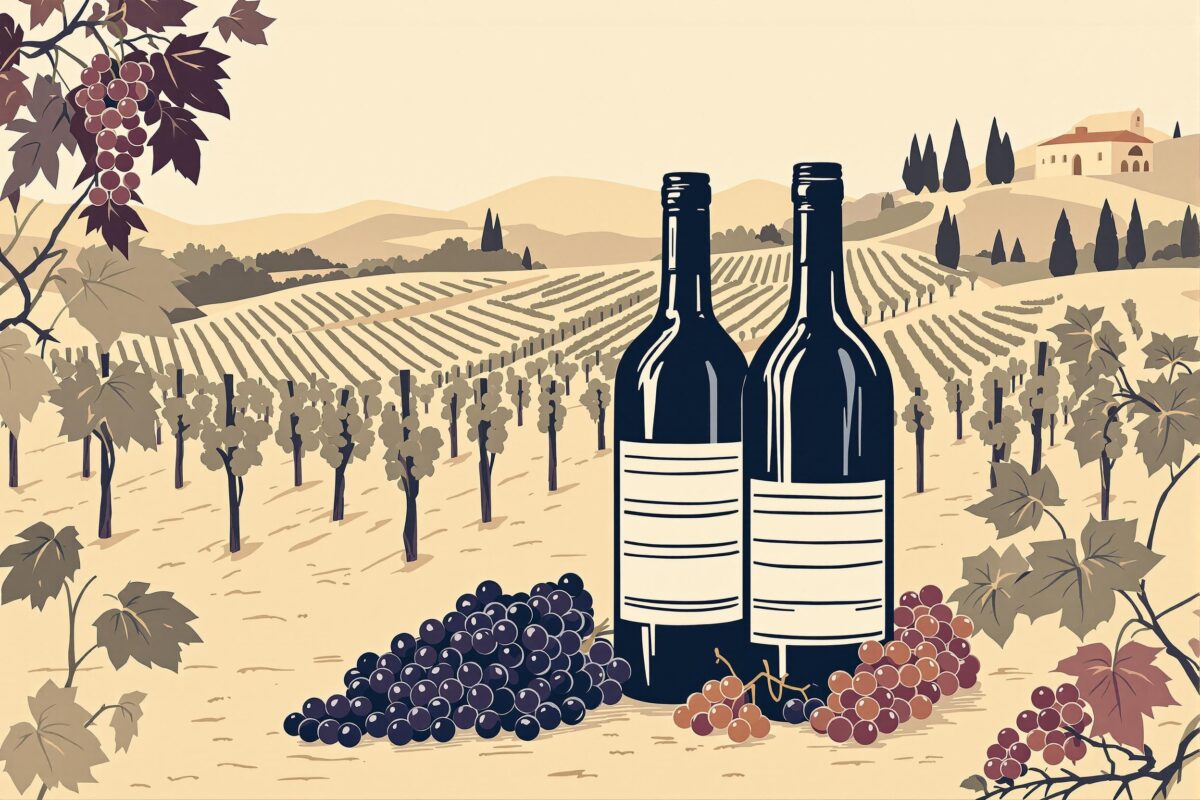Wine isn’t simply a drink; it’s a cultural artifact, a historical narrative in a bottle. From ancient rituals to modern celebrations, wine has played a central role in human societies, reflecting traditions, innovations, and the unique expression of terroir – the environmental factors that shape a wine’s character. Delving into vintage wines is like opening a time capsule, unveiling stories of craftsmanship, environmental adaptation, and the pursuit of exceptional flavors.
Trend Analysis: Emerging Practices and Innovations in Premium Wine-Making
The world of premium wine production is in constant flux, adapting to evolving consumer tastes and a growing awareness of sustainability. While time-honored wine-making traditions remain foundational, innovation is key to enhancing both quality and environmental responsibility. One notable trend is the rise of sustainable viticulture. Vineyards worldwide are embracing organic and biodynamic practices, minimizing chemical use, and promoting biodiversity. This shift isn’t just about ethics; it directly impacts wine quality. Healthier vines produce grapes with richer, more nuanced flavors, ultimately shaping more complex and expressive classic wine profiles. Technological advancements, from precision fermentation to oak aging techniques, further refine the process, allowing winemakers to sculpt wines with distinct characteristics, particularly in regions known for premium wine origins like Burgundy or Bordeaux.
Focal Spotlight: Châteauneuf-du-Pape – Legacy, Terroir, and Modern Craft
Châteauneuf-du-Pape, a name that resonates with prestige and complexity, exemplifies premium wine origins in the Rhône Valley. As the first appellation to receive AOC (Appellation d’Origine Contrôlée) status in 1936, it set the benchmark for French wine quality and regulations. Its unique terroir, featuring the iconic galets roulés – large, heat-retaining stones – contributes to the wines’ warmth and concentration. The region’s Mediterranean climate and diverse soils support up to 18 grape varietals, allowing winemakers to craft intricate blends with captivating aromas and flavors. While embracing modern techniques, winemakers in Châteauneuf-du-Pape remain committed to the region’s blending heritage, producing classic wine profiles known for their full body, rich tannins, and notes of garrigue, spice, and dark fruit. This delicate balance between tradition and innovation secures Châteauneuf-du-Pape’s enduring appeal as a pinnacle of premium wine origins.
In-Depth Profiles: Comparing French AOC Standards and Sensory Wine Qualities
The French AOC system, or Appellation d’Origine Contrôlée, stands as a pillar of quality and regional distinction in the wine world. Established to protect France’s premium wine origins and wine-making traditions, the AOC system enforces strict regulations on grape varietals, vineyard practices, yields, and production methods, ensuring that wines reflect their terroir and adhere to established classic wine profiles. Comparing different AOC wines, like a Burgundy Pinot Noir with a Bordeaux Cabernet Sauvignon, reveals the profound influence of terroir and regulations on sensory qualities – the elegance and finesse of Burgundy versus the structure and power of Bordeaux. Descriptive wine tasting becomes essential for discerning these subtle but significant differences, and understanding AOC regulations provides a framework for appreciating the intended wine characteristics of each region. The AOC system, while grounded in tradition, also embraces innovation within defined limits, allowing winemakers to refine their craft while upholding regional identity. This adaptability ensures the ongoing evolution and high quality of French wines.
Interactive Knowledge: Infographics and Visual Elements on Wine-Making Traditions
Communicating the complexities of wine-making traditions requires engaging and accessible methods. Infographics and visual elements are powerful tools for conveying complex information about premium wine origins, French AOC wines, and the processes behind vintage and other premium wines. Visuals can demystify the winemaking journey, from vineyard management to bottling, making it easier to grasp concepts like the annual vineyard cycle, terroir influence, and the geographical boundaries of appellations. Aroma wheels, for example, offer a structured approach to identifying and describing the aromas in wine, while interactive maps of wine regions can provide deeper insights into their specific wine characteristics. These tools transform the world of wine-making traditions into an interactive experience, fostering a greater appreciation for the art and science behind each bottle.
Expert Insights: Practical Wine Selection and Tasting Recommendations
The vast world of wine can feel overwhelming, but with a little guidance, wine selection and descriptive wine tasting become truly rewarding pursuits. For those eager to explore vintage wines and classic wine profiles, understanding key selection and tasting principles is invaluable. Consider the producer’s reputation and vintage year, consulting vintage charts for insights. For French AOC wines, the appellation itself provides valuable clues about style and characteristics. Descriptive wine tasting involves observing the wine’s appearance, exploring its aromas – from primary fruit notes to secondary and tertiary aromas that develop with age – and assessing its structure on the palate – acidity, tannins, alcohol, body, and flavor profile. Practice comparing different wines, like various French AOCs, to hone your palate and discern regional variations. With guided practice, you’ll unlock a deeper appreciation for the unique wine characteristics within each glass.
Exploring the world of wine is a continuous journey of discovery, from its rich history to the diverse premium wine origins that shape its character. Understanding French AOC standards and engaging in descriptive wine tasting empowers enthusiasts to appreciate the nuanced wine characteristics that define classic wine profiles. As wine-making traditions evolve alongside modern practices, the appreciation for quality and sustainability continues to grow, ensuring a vibrant future for premium viticulture.
